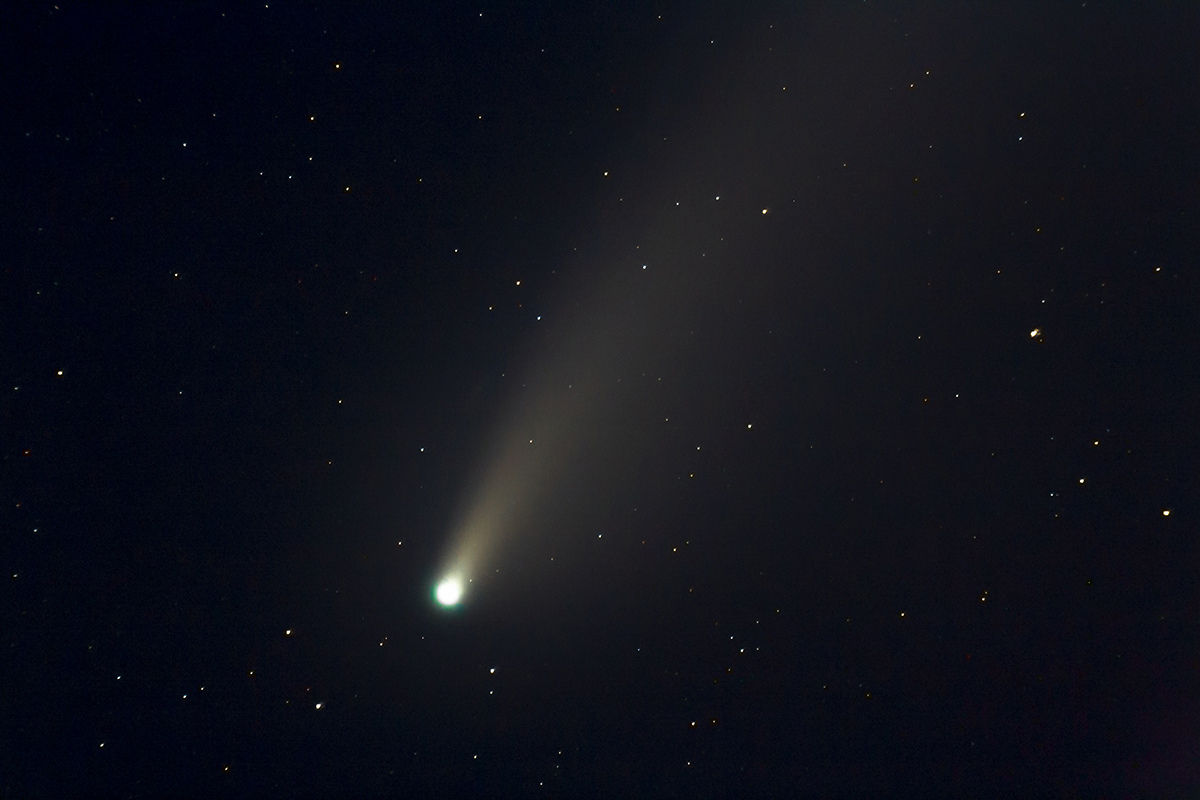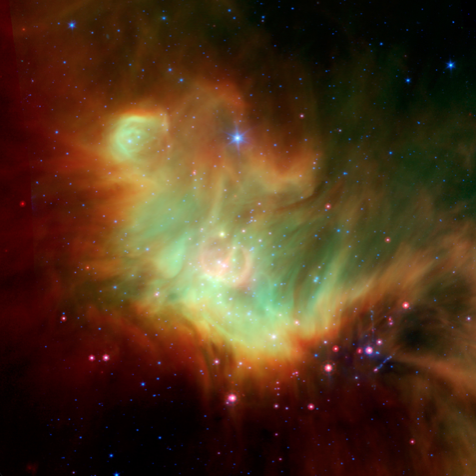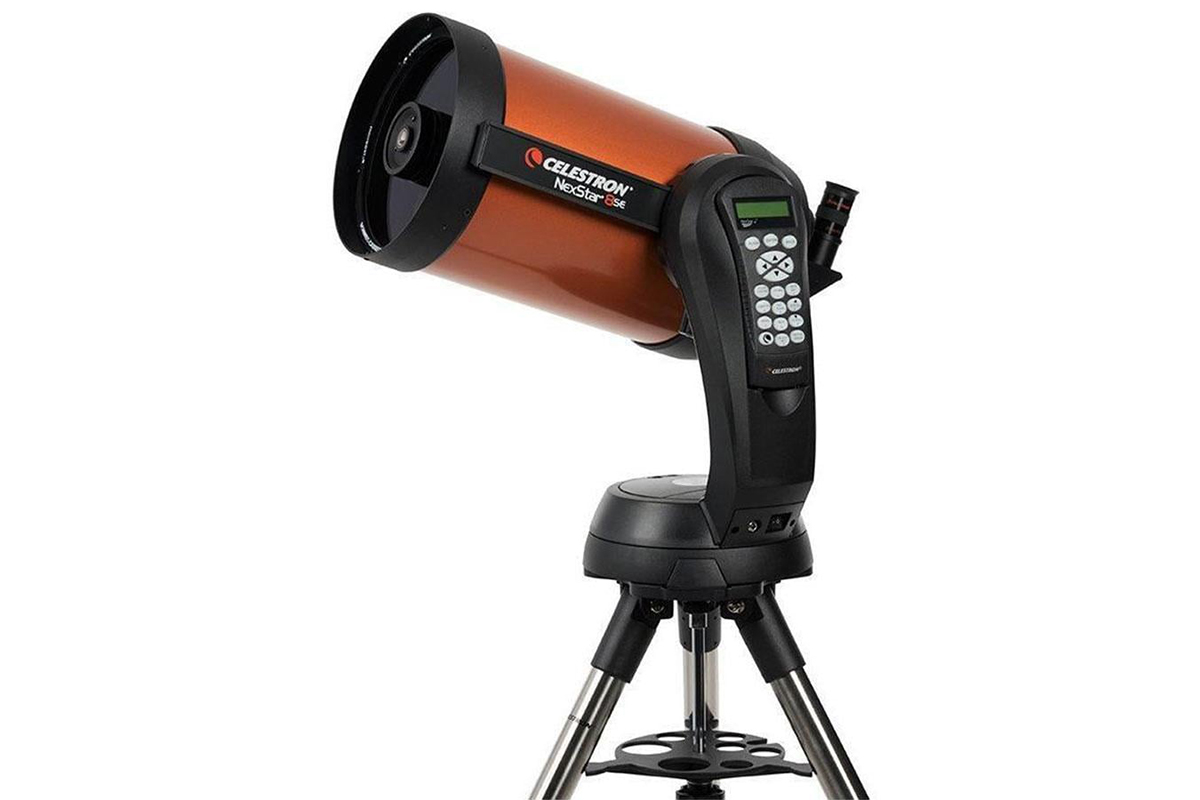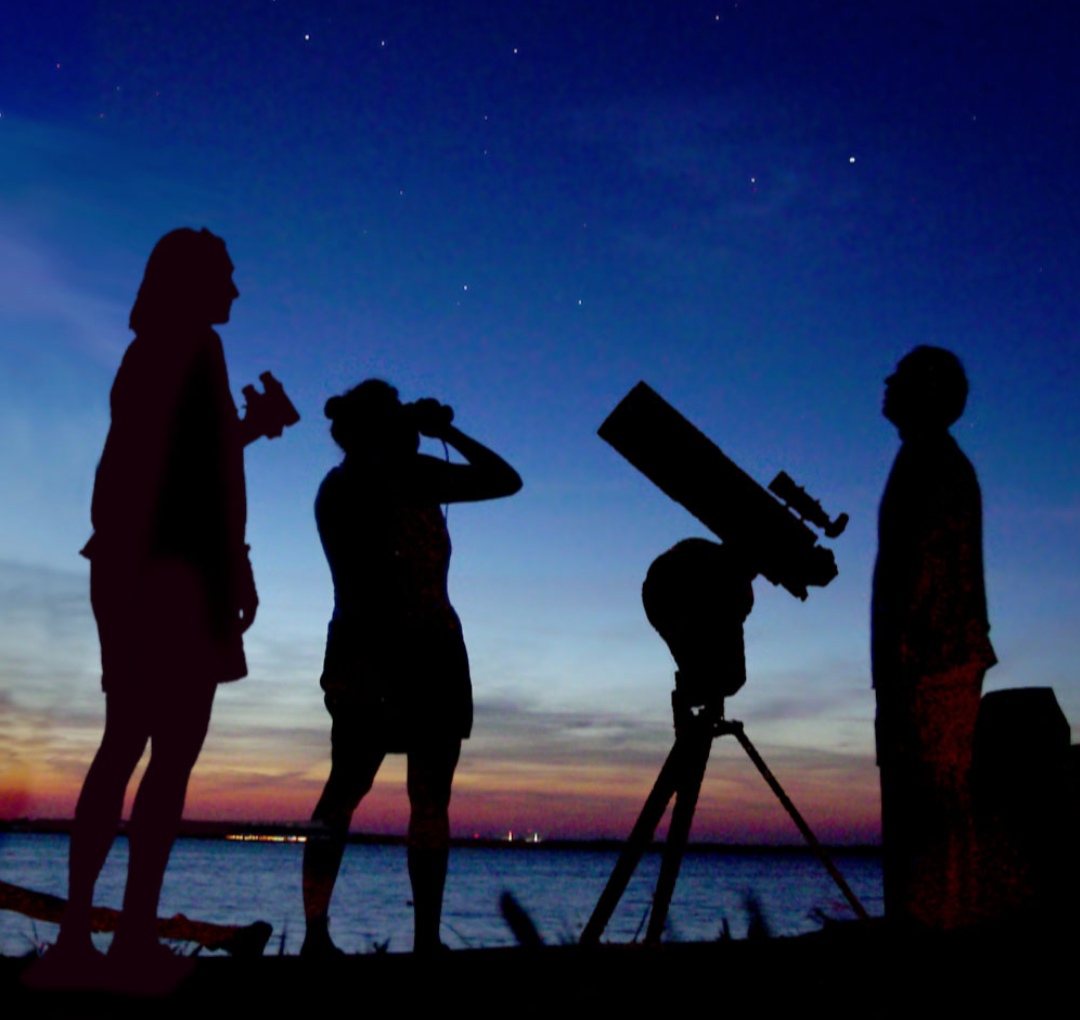Constellations
Constellations are areas associated with imaginary figures formed in the sky by several stars, which happen to be close to each other and delimit regions in the celestial vault, as if they were "countries" of the Earth. Legend attributes their invention to Chiron, a wise Centaur, teacher of the Greek heroes. Today their importance is not limited to the constellations of the Sun, but rather to the constellations of the Sun.





